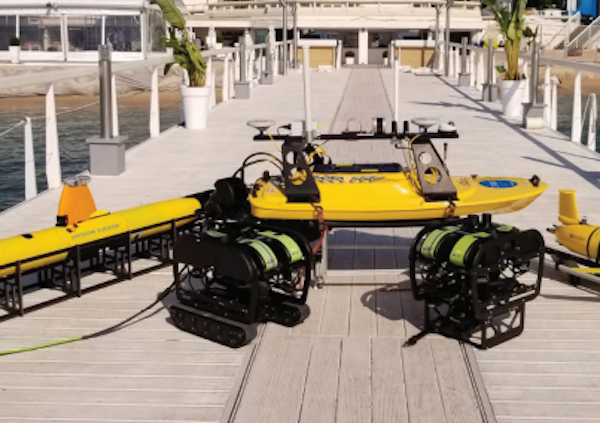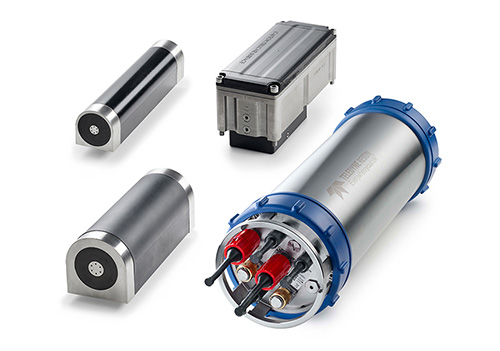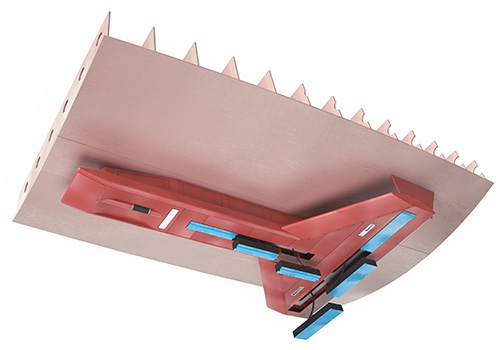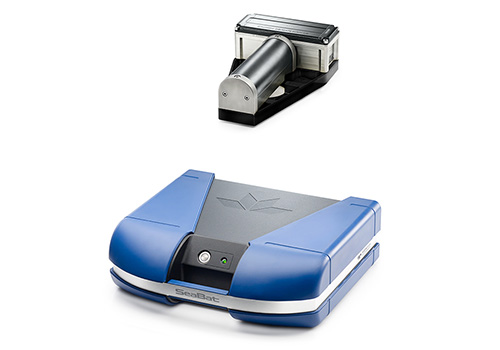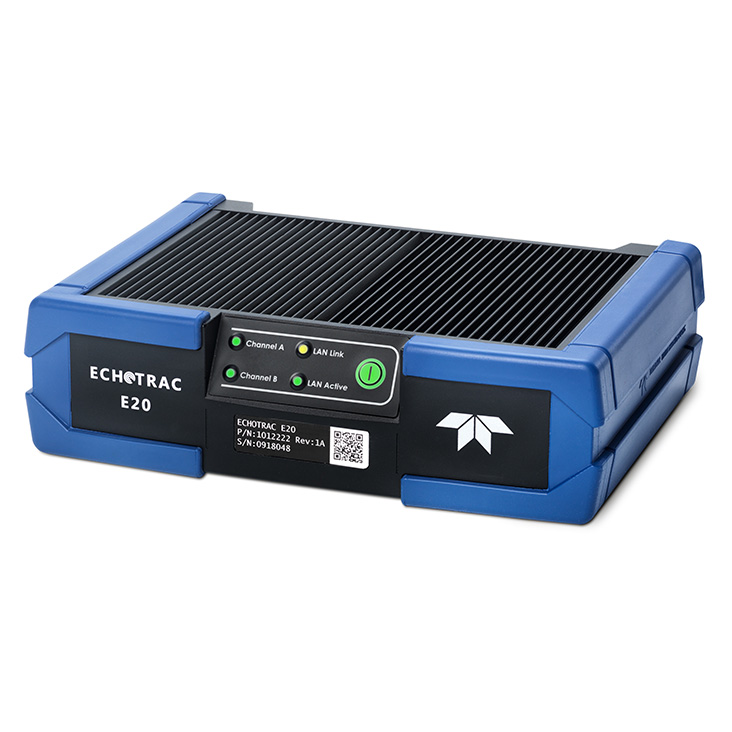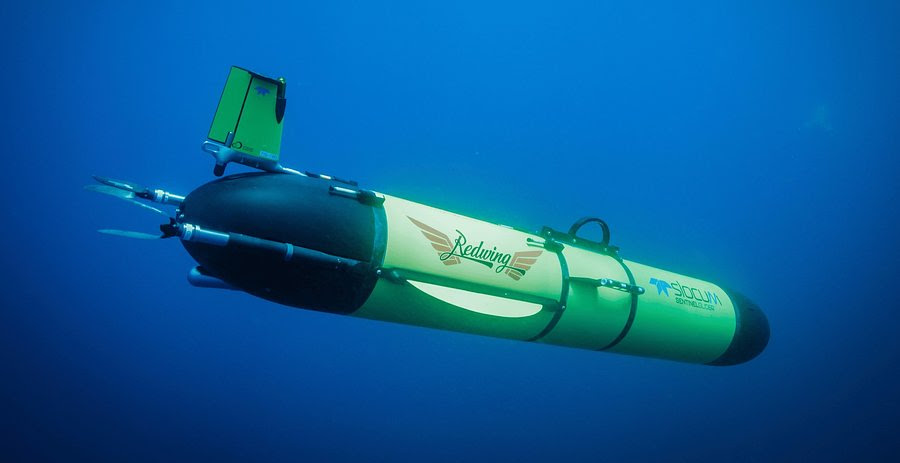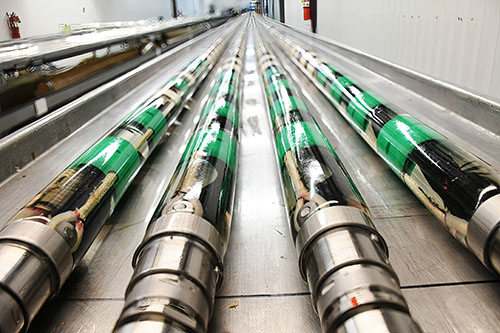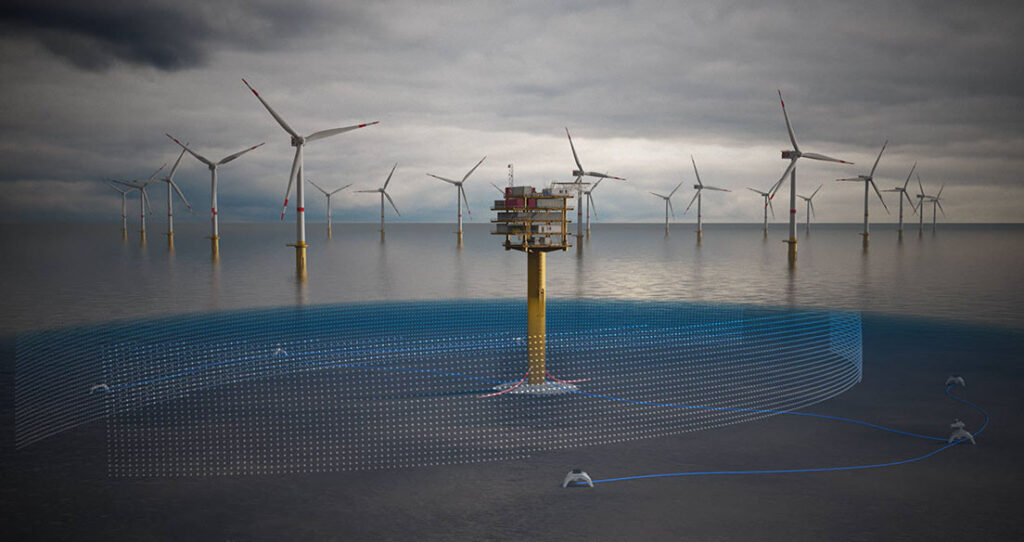
Teledyne Marine provides an in-depth look at the five-year Sentinel Mission, a landmark endeavor in which its next-generation Slocum Sentinel “Redwing” autonomous underwater glider will circumnavigate the globe, believed to be the first Autonomous Underwater Vehicle (AUV) to do so. Read more >>
The mission is designed to advance ocean data collection, improve understanding of climate systems, and demonstrate how long-endurance autonomous technologies can expand the frontiers of marine science.
The Mission
Launched on October 11, 2025, approximately 43 miles southeast of Woods Hole, Massachusetts, the Redwing glider began its journey from the research vessel Ocean Researcher under clear skies and calm seas. The five-year Sentinel Mission will see Redwing travel through the Gulf Stream toward Europe, then south to Gran Canaria, onward to Cape Town, across the Indian Ocean to Australia and New Zealand, through the Antarctic Circumpolar Current, and back to the Atlantic via the Falkland Islands, Brazil, and the Caribbean.
Powered by changes in buoyancy rather than traditional propulsion, Redwing moves quietly and efficiently through the water column. Its carbon fiber hull supports exceptional endurance, allowing for up to two years of continuous operation on a single deployment within the broader mission timeline. The glider will operate independently throughout its journey, navigating vast ocean regions without direct human intervention.
Data Collection and Ocean Insights
Redwing’s integrated sensor suite measures salinity, temperature, and depth, parameters essential to understanding the movement of ocean currents and their influence on weather and climate. The glider transmits data to scientists via satellite every 8–12 hours, providing near real-time insight into conditions across the globe’s oceans.
In addition, Redwing carries a fish tracker that detects signals from tagged marine animals, allowing researchers to observe migration patterns and ecosystem interactions over large distances. These data streams will help improve weather forecasting and understanding of the causes of extreme weather events while contributing to long-term climate modeling and oceanographic research.
Collaboration and Control
The Sentinel Mission is a collaboration between Teledyne Marine and Rutgers University, uniting industry engineering expertise with academic research and operational experience. More than fifty Rutgers students contributed to developing flight control and navigation software, helping define Redwing’s precision path around the globe.
Mission control is shared between Teledyne Marine and Rutgers’ Center of Ocean Observing Leadership (COOL), where scientists will analyze the incoming data throughout the five-year mission.
Beyond its technical objectives, the program incorporates a global educational initiative. Classrooms worldwide are invited to participate through virtual sessions, share cultural stories, and exchange letters with Rutgers students, inspiring future generations of ocean scientists and engineers.
Leadership Perspectives
Brian Maguire, COO at Teledyne Marine, commented, “We are humbled by the scale of this mission. To send a glider around the globe, every detail must be world class—the design, the hardware and software, the support, and the people executing the mission. This is our moonshot!”
Maguire added, “This mission is what Teledyne Marine is about. We are sensing at the edge, analyzing, and distributing data at the speed of decision making; doing this with highly engineered products that solve tough, real-world challenges.”
Shea Quinn, Sentinel Mission Project Lead at Teledyne Marine, emphasized the mission’s broader purpose, “Beyond the attempt at the first ever global circumnavigation by an AUV, this mission will demonstrate that we now have the capability to send autonomous systems to the most remote areas of the ocean.”
A New Chapter in Ocean Observation
By demonstrating reliable, long-duration performance across multiple ocean basins, Redwing will establish new standards for endurance, data continuity, and autonomous control in marine research. The Sentinel Mission exemplifies how persistent, intelligent ocean platforms can provide continuous information to better understand the changing dynamics of Earth’s oceans.
As Redwing progresses along its route, it carries forward the experience of more than a thousand Teledyne gliders deployed worldwide, and represents a decisive step toward a future in which autonomous observation networks play a central role in global ocean monitoring and climate research.







